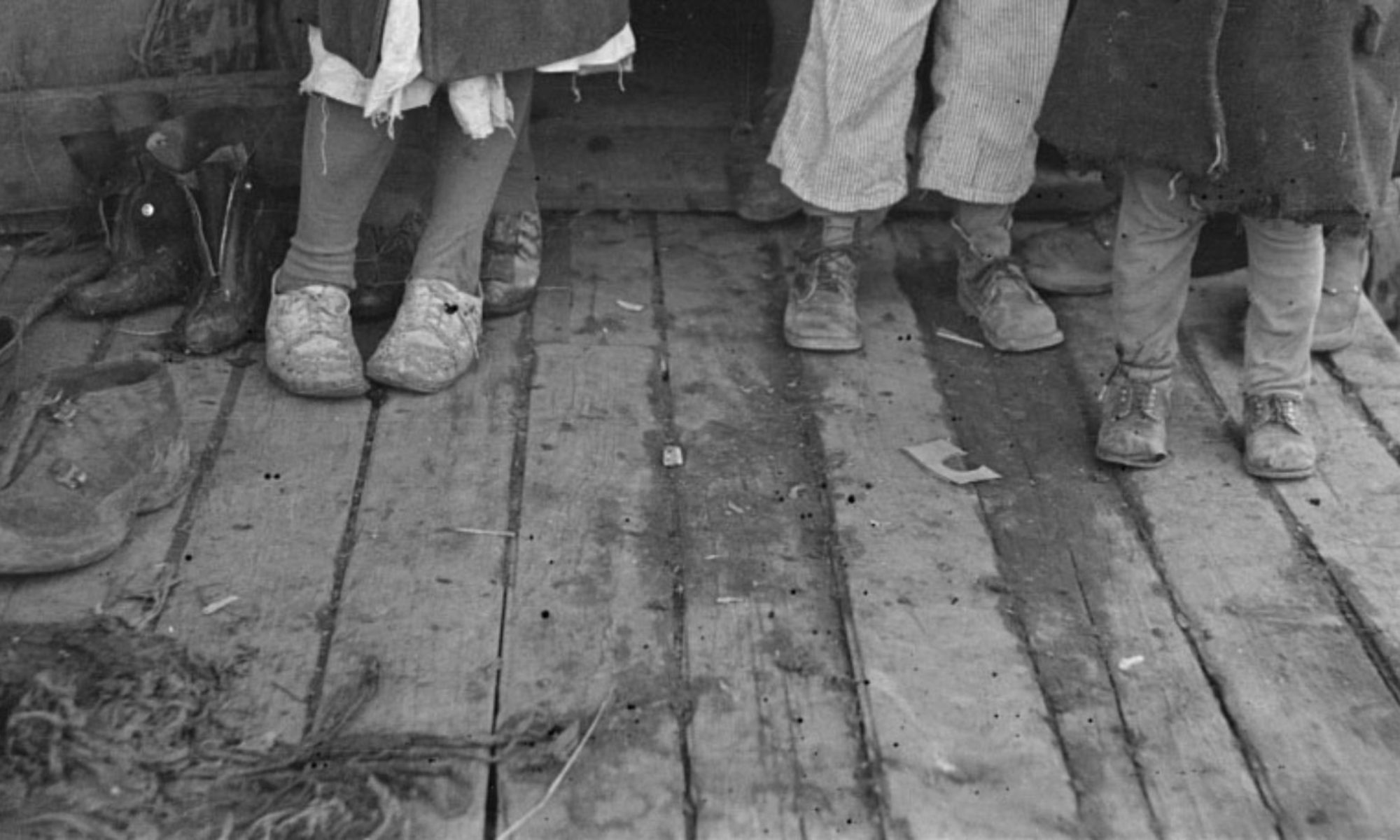Scholarly Works:
Alphonso, G. 2014. “Of Families or Individuals? Southern Child Workers and the Progressive Crusade for Child Labor Regulations, 1899-1920.” In Children and Youth during the Gilded Age and Progressive Era, by James Marten, 3-80. New York: New York University Press.
Bates, C. 1997. How to Dress the Children? A Comparison of Prescription and Practice in Late-Nineteenth-Century North America. Dress 24(1): 43-54. doi:10.1179/036121197805297964
Cook, D. T. 1995. The Mother as a Consumer: Insights from the Children’s Wear Industry. The Sociological Quarterly 36(3): 505-522. Retrieved from http://www.jstor.org/stable/4120777
Davalos, K.M. 1996. La quincenera: Making Gender and Ethnic Identities. Frontiers: A Journal of Woman Studies 16(2/3): 101-127.
Hoffschwelle, M.S. 1998. Rebuilding the Rural Southern Community. Knoxville, TN: The University of Tennessee Press.
Holley, I. 2001. Schooling Freedmen’s Children. The New England Quarterly 74(3): 478-494. doi:10.2307/3185428
Holloway, S., & Valentine, G. 2000. Children’s Geographies and the new social studies of childhood. In Children’s Geographies: playing, laughing learning (pp. 1-26). New York: Routledge.
Jacobson, L. 2004. Raising Consumers: Children and the American Mass Market in the Early Twentieth Century: 16-55. New York, NY: Columbia University Press
Lewis, C. 2012. Secret Sharing. Southern Cultures 18(4): 6-25.
Miyares, I. M. 2014. Labor and New Community Formation in the Twentieth Century. In C. E. Coulton, & G. L. Buckley, North American Odyssey: Historical Geographies for the Twenty-first Century (pp. 89-102). Lanham, MD: Rowman & Littlefield.
Paoletti, J. B. 1987. Clothing and Gender in America: Children’s Fashions, 1890-1920. Signs 13(1): 136-143. Retrieved from http://www.jstor.org/stable/3174031
Primary Sources
Bleakley, H. 2007. Disease and Development: Evidence from Hookworm Eradication in the American South. The Quarterly Journal of Economics, 122(1), 73–117. http://doi.org/10.1162/qjec.121.1.73
Center for Disease Control and Prevention. 2013. “Parasites: Hookworm.” Center for Diease Control and Prevention. Accessed December 7, 2017. https://www.cdc.gov/parasites/hookworm/.
Duval & Hunter. 1874. S.D. Sollers & Co. manufacturers of children’s fine shoes, Philadelphia. Popular Graphic Arts. Library of Congress.
Gottscho-Schleisner, Inc. 1954. Halle Bros., Westgate. Children’s shoes. Gottscho-Schleisner Collection. Library of Congress.
Harris & Ewing. 1924. [Child roller skating with pillows]. Harris & Ewing Collection. Library of Congress.
Kimball, M.B. 1918. Children well and happy: 3-4, 76.
Lange, Dorothea. 1936. Poor mother and children during the Great Depression. Elm Grove, Oklahoma County, Oklahoma, USA. Wikimedia Commons.
St. Nicholas: a monthly magazine for boys and girls. 1918. 45: 27.
St. Nicholas: a monthly magazine for boys and girls. 1918. 45: 23.
The Rockefeller Foundation. 2017. “Eradicating Hookworm.” The Rockefeller Foundation: A Digital History. Accessed December 07, 2017. https://rockfound.rockarch.org/eradicating-hookworm.
TABLE Cd153–263 Consumption expenditures, by type: 1929–1999. United States Historical Statistics. University of Cambridge.
Wolcott, Marrion Post. 1941. Children shining shoes on street corner, Hartford, Connecticut. Farm Security Administration – Office of War Information Photograph Collection. Library of Congress.
Wolcott, Marrion Post. Going home from school. In Breathitt County, Kentucky. The school year begins in July and ends in January as most of the children have no shoes and insufficient clothing to walk the long distances over bad roads and up creek beds. 1940. Farm Security Administration – Office of War Information Photograph Collection , Library of Congress.
